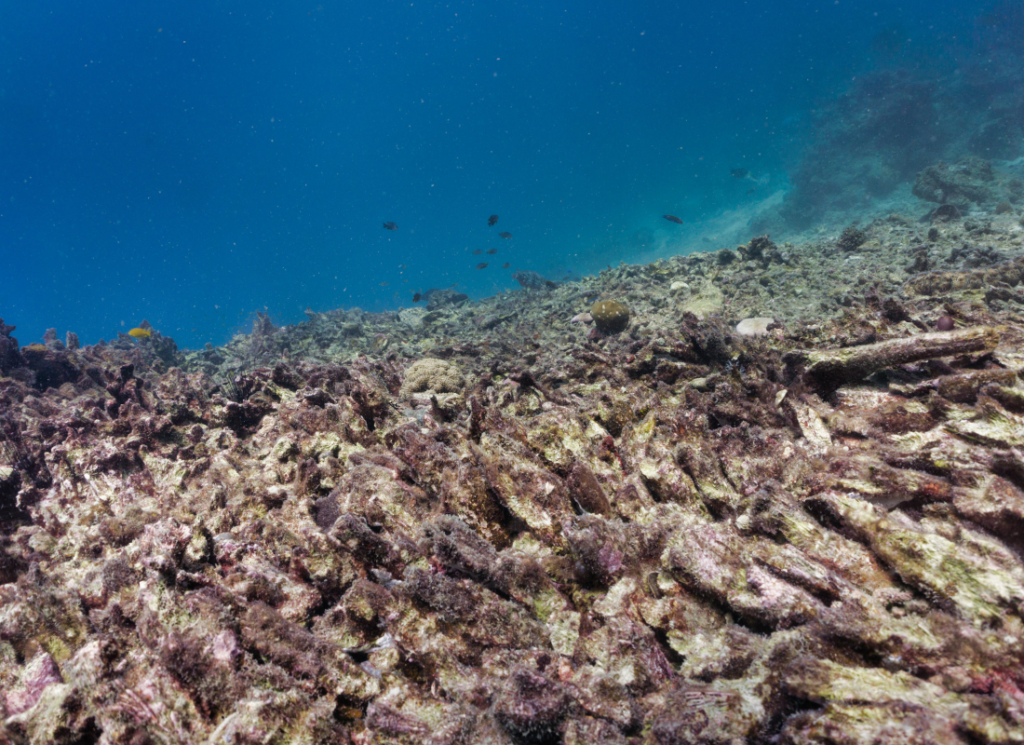
Global warming and ocean acidification represent two of the most significant environmental challenges facing our planet today. Both are driven by human activities, particularly the burning of fossil fuels and deforestation, which increase atmospheric concentrations of carbon dioxide (CO2). This article explores how these twin threats impact marine and terrestrial ecosystems, human societies, and the intricate balance of the Earth’s climate system.
Understanding Global Warming
Global warming refers to the long-term increase in Earth’s average surface temperature due to human activities that release greenhouse gases (GHGs) like CO2, methane (CH4), and nitrous oxide (N2O) into the atmosphere. These gases trap heat from the sun, creating a “greenhouse effect” that warms the planet. Since the Industrial Revolution, the concentration of CO2 in the atmosphere has risen dramatically, from about 280 parts per million (ppm) to over 400 ppm today.

Impacts on Climate and Weather Patterns
The consequences of global warming are far-reaching and multifaceted. One of the most significant impacts is the alteration of climate and weather patterns. As global temperatures rise, we are experiencing more extreme weather events, such as heatwaves, droughts, heavy rainfall, and hurricanes. These events can have devastating effects on human communities, agriculture, and natural ecosystems.
In polar regions, the warming is causing ice sheets and glaciers to melt at an accelerating rate, contributing to rising sea levels. This not only threatens coastal communities with increased flooding and erosion but also disrupts the habitats of species like polar bears and seals that depend on ice-covered environments.

Effects on Ecosystems and Biodiversity
Terrestrial and marine ecosystems are being profoundly affected by global warming. In terrestrial ecosystems, shifts in temperature and precipitation patterns are altering the distribution and behavior of species. Many plants and animals are moving toward higher altitudes and latitudes in search of cooler conditions, which can lead to shifts in ecosystems and the potential for mismatches between species that have co-evolved, such as pollinators and the plants they pollinate.
Marine ecosystems are also under severe stress. Warmer ocean temperatures are causing coral bleaching, where corals expel the symbiotic algae that provide them with energy, leading to large-scale die-offs. Coral reefs are biodiversity hotspots, supporting a vast array of marine life; their loss has cascading effects on marine biodiversity and the human economies that rely on reef ecosystems for tourism and fisheries.

Ocean Acidification: The Other CO2 Problem
While global warming is the most well-known consequence of increased atmospheric CO2, ocean acidification is an equally critical issue. About 30% of the CO2 emitted by human activities is absorbed by the world’s oceans. This CO2 reacts with seawater to form carbonic acid, which lowers the pH of the water, making it more acidic. Since the pre-industrial era, the average pH of surface ocean waters has dropped from about 8.2 to 8.1, representing a 30% increase in acidity.

Impacts on Marine Life
Ocean acidification has profound effects on marine life, particularly organisms that rely on calcium carbonate to form their skeletons and shells, such as corals, mollusks, and some plankton species. As acidity increases, the availability of carbonate ions needed for calcification decreases, making it harder for these organisms to build and maintain their shells and skeletons.
This chemical change can weaken corals and shellfish, making them more vulnerable to predation and disease. It also affects the base of the marine food web. Many plankton species, which are crucial food sources for fish and other marine animals, are negatively impacted by acidification. A decline in these foundational species can ripple through the entire marine ecosystem, affecting the abundance and diversity of marine life.

Economic and Social Consequences
The impacts of ocean acidification are not limited to marine ecosystems; they also have significant economic and social consequences. Fisheries and aquaculture, which provide food and livelihoods for millions of people worldwide, are particularly vulnerable. Shellfish industries, such as those for oysters, clams, and mussels, are already experiencing losses due to reduced calcification rates.
Furthermore, communities that depend on marine resources for their way of life face increasing challenges. Indigenous and coastal communities, in particular, are at risk as their traditional fishing grounds and food sources become less productive. This can lead to food insecurity and economic instability, exacerbating existing social inequalities.

Synergistic Effects of Global Warming and Ocean Acidification
Global warming and ocean acidification do not operate in isolation; their combined effects can amplify the challenges facing marine and terrestrial ecosystems. For instance, warmer ocean temperatures can exacerbate the impacts of acidification on marine life by increasing metabolic rates and reducing the availability of dissolved oxygen, further stressing marine organisms.
In addition, climate change can alter ocean circulation patterns, affecting the distribution of nutrients and the productivity of marine ecosystems. The combined pressures of warming, acidification, and deoxygenation can lead to more frequent and severe occurrences of harmful algal blooms, which can devastate marine life and pose health risks to humans.

Mitigation and Adaptation Strategies
Addressing the twin threats of global warming and ocean acidification requires comprehensive mitigation and adaptation strategies. Mitigation efforts focus on reducing GHG emissions to slow the pace of climate change and limit further acidification. This includes transitioning to renewable energy sources, improving energy efficiency, protecting and restoring forests, and adopting sustainable agricultural practices.
Adaptation strategies aim to build resilience in human and natural systems to cope with the changes already underway. For coastal communities, this might involve constructing sea walls, restoring mangroves and wetlands, and developing early warning systems for extreme weather events. In marine ecosystems, establishing marine protected areas and promoting sustainable fisheries management can help protect vulnerable species and habitats.

The Role of International Cooperation
Given the global nature of these challenges, international cooperation is essential. Agreements like the Paris Agreement aim to unite countries in the effort to reduce GHG emissions and limit global temperature rise. Similarly, global initiatives are needed to monitor and address ocean acidification, such as the International Oceanographic Commission’s efforts to coordinate research and share data on ocean chemistry changes.
Public awareness and engagement are also crucial. By educating people about the causes and consequences of global warming and ocean acidification, we can build support for policies and practices that protect our planet. Individual actions, such as reducing energy consumption, supporting sustainable seafood choices, and advocating for environmental protection, also play a role in addressing these global issues.

Conclusion
Global warming and ocean acidification are interconnected threats driven by human activities that have far-reaching impacts on the environment, human societies, and the Earth’s climate system. The consequences of these twin threats are profound, affecting weather patterns, sea levels, biodiversity, and human livelihoods. Addressing these challenges requires a concerted global effort to reduce GHG emissions, protect and restore ecosystems, and build resilience in communities and natural systems.
Through mitigation and adaptation strategies, international cooperation, and public engagement, we can work towards a sustainable future where the health of our planet and the well-being of its inhabitants are safeguarded. The urgency of these issues cannot be overstated, and the time to act is now. By taking proactive steps today, we can mitigate the impacts of global warming and ocean acidification and ensure a livable planet for future generations.





